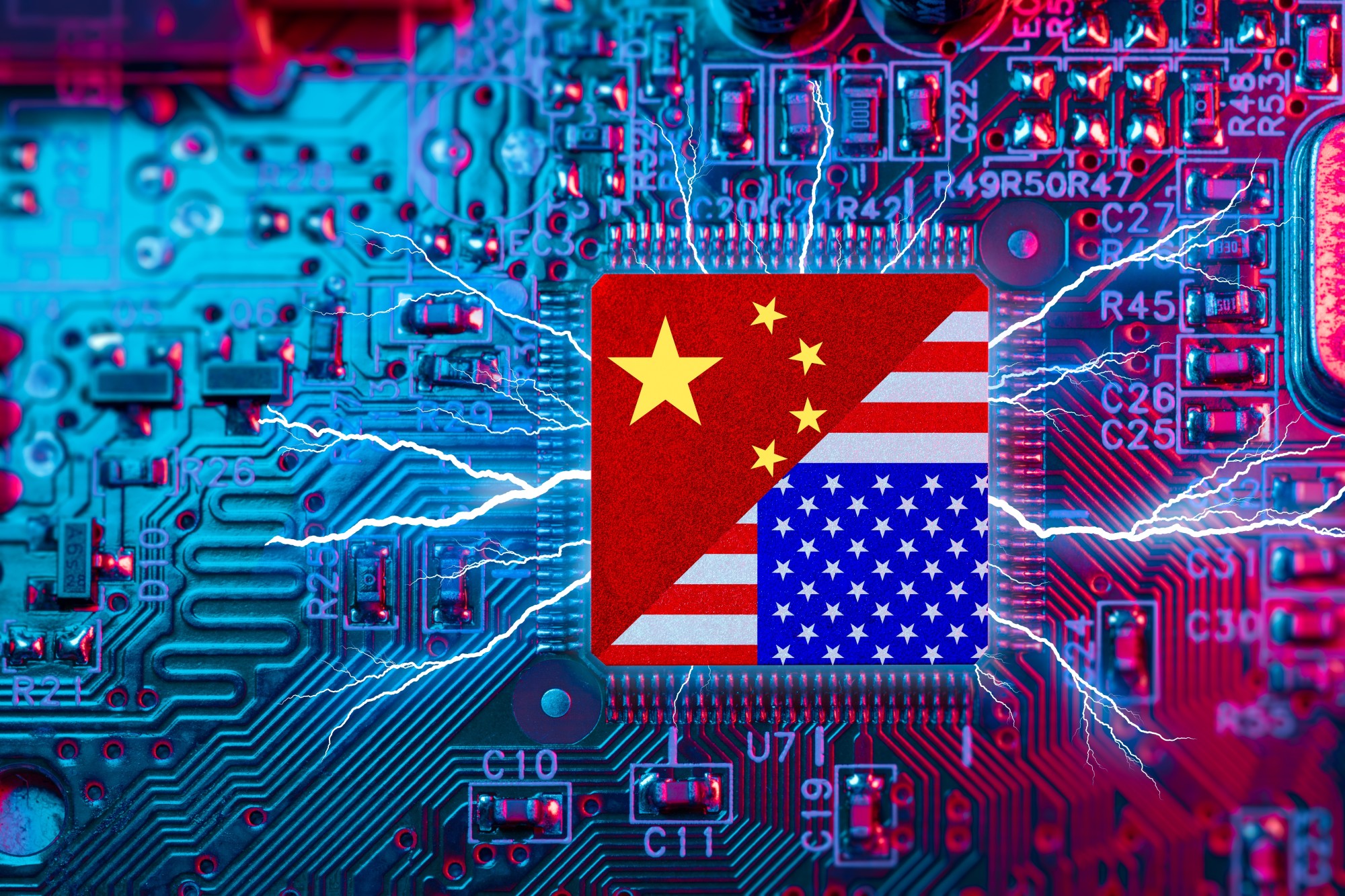
Vietnam must ride semiconductor wave to cement its place in global value chain
- To capitalise on gains in chip exports, Vietnam must adjust its policies to elevate itself in the supply chain and reduce reliance on foreign direct investment
- Hanoi must also provide training for hi-tech sectors and bolster support for domestic businesses as it works towards producing ‘Make in Vietnam’ chips

To translate these gains into long-term growth, Vietnam must adjust its policies, boost vocational training for hi-tech sectors and bolster support for domestic businesses. Currently, most of Vietnam’s chip exports come from foreign-invested companies. Although there is no breakdown for semiconductors, official data shows that 98 per cent of electronic-product exports come from foreign direct investment (FDI).
Vietnam’s strategic foresight regarding semiconductors was evident as early as 2012, when the government described the products as “key national goods and services”.
Earlier this year when Deputy Prime Minister Le Minh Khai met John Neuffer, head of the American Semiconductor Industry Association, the official said chips were Vietnam’s “top priority” and asked for more American investment in the sector.
As semiconductors have become the linchpin of the global economy, with a US$600 billion sector underpinning every electronic product from smartphones to computers, Vietnam’s strategic focus is astute.
With this economic pivot, Vietnam can elevate its position in the global value chain, transit from its cheap-labour model and modernise the economy to meet the government’s aim of attaining developed-nation status and a GDP per capita exceeding US$18,000 by 2045, the 100th anniversary of Vietnam’s independence.
Vietnam has mostly focused on attracting big semiconductor players to invest in the country. Intel was the first major corporation to operate parts of its chipmaking process in Vietnam, with its Ho Chi Minh City facility delivering 3 billion semiconductor products worldwide as of 2021.

Other global firms including Samsung, Qualcomm, Texas Instruments, SK Hynix, Hayward Quartz Technology, Synopsys and NXP Semiconductors later entered Vietnam. By the late 2010s, domestic players including Viettel and FPT started joining the burgeoning semiconductor industry, which is estimated to be worth US$6.16 billion by 2024.
Nonetheless, Vietnam’s chip sector is still heavily reliant on FDI, and its role in the supply chain is primarily limited to assembling, testing and packaging. Vietnam is yet to produce any semiconductors domestically. Even the first “Made in Vietnam” chips by FPT Semiconductor are manufactured in South Korea.
Hanoi’s goal is to foster self-reliance and cultivate domestic champions. In August 2022, Prime Minister Pham Minh Chinh directed the military-owned Viettel to “seriously and effectively” implement plans for research and development, so as to design and manufacture domestic chips.

However, given the capital-intensive nature of chip manufacturing, which might cost many billions for a single factory, the pragmatic approach would be to encourage international players to establish bases in Vietnam while incrementally enhancing the role of local suppliers.
Several key areas need government improvement. Despite having a robust pool of technology talent, particularly in software development and tech services, Vietnam’s education and training system in tech-related fields lags in producing the needed human resources.
For instance, Vietnam’s biggest training hub for semiconductor engineers, Vietnam National University in Hanoi, produces only around 500 specialised graduates per year. This falls far short of demand. According to business leader Nguyen Anh Thi, director of Vietnam’s largest hi-tech investment zone Saigon Hi-Tech Park, the industry may need up to tens of thousands of skilled workers annually.

Moreover, while the number of domestic tech firms is rising, most are small to medium-sized enterprises. Apart from Viettel and FPT, few are equipped to expand. As of 2021, 99 per cent of the hardware parts in the tech industry were imported. Building a reliable domestic supply base with such limited capacity is challenging.
Additionally, the absence of a comprehensive national strategy for the semiconductor business could prove to be a hurdle. Unlike China, Vietnam’s 2006 technology-transfer law does not compel foreign investors to transfer technology to local partners. This policy encourages global hi-tech firms to invest in the country without fear of patent loss.
However, in the absence of incentives for technology transfer or clear policy support, domestic firms will find it hard to take part in the semiconductor supply chain with global players.
Nevertheless, the future holds promise for Vietnam’s semiconductor industry. South Korean giant Samsung last December inaugurated a US$220 million R&D centre in Hanoi and announced plans to mass-produce chips in Vietnam this year.

Intel’s planned significant investment increase in Vietnam this year, estimated at US$1 billion, also indicates the wheels of progress are already in motion. Amkor Technology, a global leader in outsourced semiconductor packaging and test services, will also open its Vietnam factory later this year.
As the US and China continue to engage in geopolitical competition, and with the global economy more reliant on semiconductors than ever, Vietnam’s strategic positioning and continued focus on this sector could reap significant dividends.
However, transitioning from being a beneficiary of circumstance to a self-sustaining player in the global semiconductor market demands major policy changes. By enhancing its educational and training system, nurturing domestic innovation and devising a clear national strategy, Vietnam can transform the ephemeral “chip rush” into a well-orchestrated marathon, securing its position at the forefront of the semiconductor revolution.

